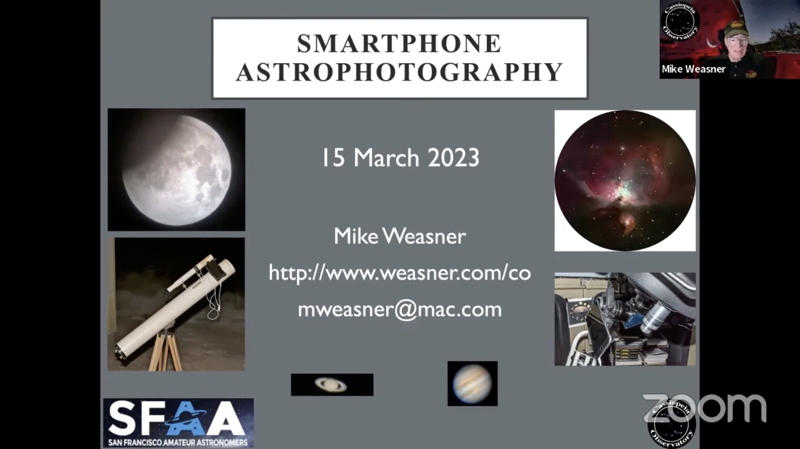Herschel 400 Open Star Clusters
Posted: 25 March 2023
The forecasts called for a clear sky Monday night, 13 March 2023, but it was cloudy. With rain and possible thunderstorms in the forecast, Tuesday morning, 14 March, I put the Dome Cover ON. There was rain (0.34") on Wednesday, 15 March.
Wednesday evening I gave a talk on Smartphone Astrophotography to the San Francisco Amateur Astronomers. A recording of the talk is available on YouTube.
There was some early morning rain (0.04") on Thursday, 16 March. Friday evening, 17 March, the sky cleared after sunset but I was not home to take advantage of it. Cloudy skies returned on Saturday, 18 March. Cloudy and very windy days and nights continued. Rain (0.61") arrived on Wednesday, 22 March. With clear skies (maybe) coming, I removed the Dome Cover Thursday morning, 23 March. That afternoon a POD owner visited Cassiopeia Observatory to take measurements of my POD Zenith Table (PZT). The sky began clearing as sunset approached on Friday, 24 March.
|
Open: Friday, 24 March 2023, 1830 MST Temperature: 47°F |
Session: 1843 Conditions: Mostly clear, breezy |
Equipment:
12" f/8 LX600 w/StarLock
2" 24mm UWA eyepiece
Focal reducer
Camera:
D850 DSLR
iPhone 13 Pro Max
1837 MST: LX600 ON, StarLock OFF, High Precision OFF.
1839 MST: Sunset.
Viewed a nice gibbous phase Venus, 102X. Then viewed the Moon, 102X.
Prepared the D850 DSLR for imaging and mounted it at prime focus. The breezes had calmed down now.
The Moon and Earthshine (ISO 640, 1/400sec and 1 second, respectively).
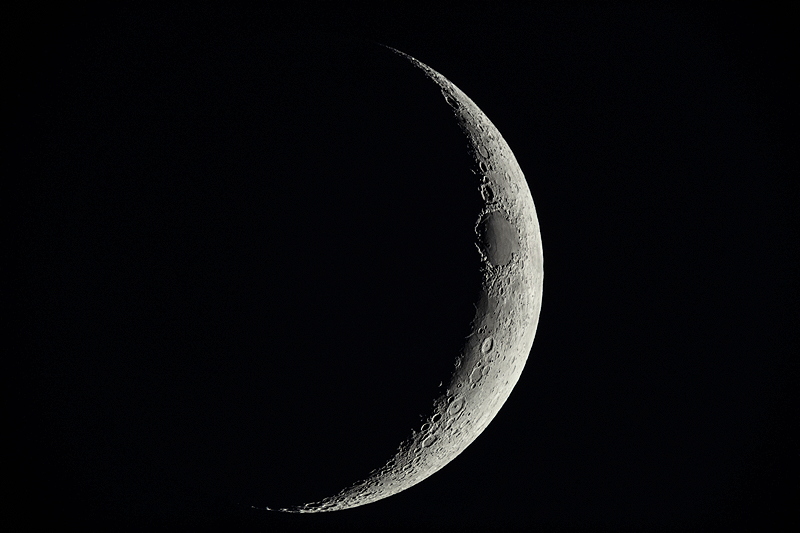
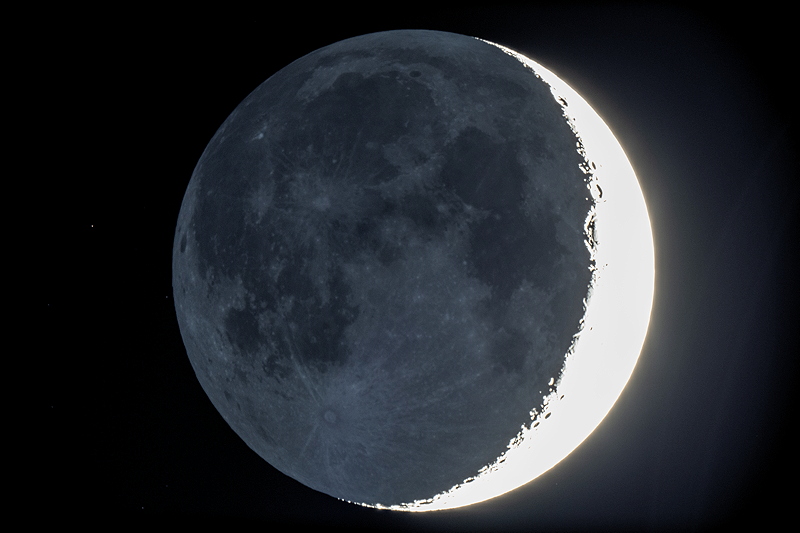
1923 MST: iPhone 13 Pro Max photo using the Camera app (Night Mode, 2 seconds, 1X lens, handheld) of the crescent Moon and Earthshine, Venus, and the observatory.
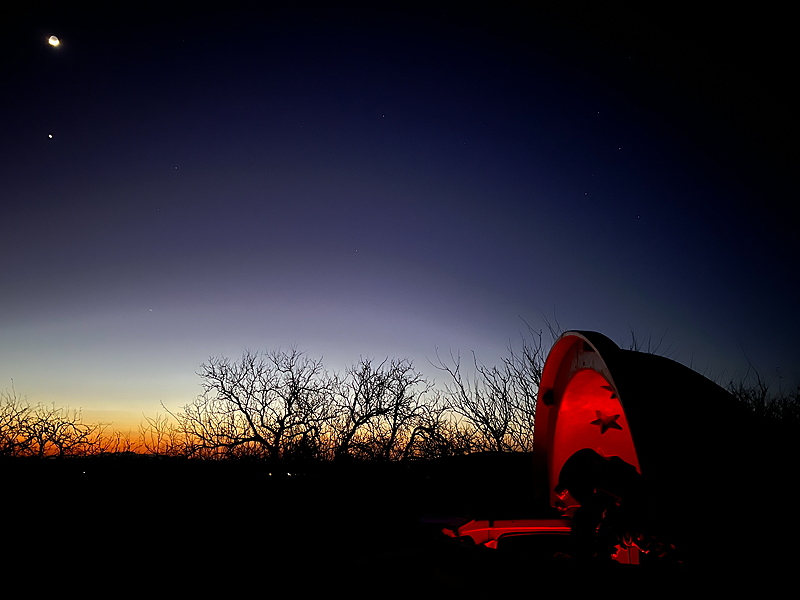
I then began preparations for more Herschel 400 Catalog imaging, this night all open star clusters. Focused on the star Betelgeuse and locked the 12" primary mirror.
1930 MST: High Precision ON.
Slewed to the first imaging target, NGC2335.
1937 MST: StarLock ON.
Took the following StarLock autoguided images, 1 minute exposures, ISO 1600, White Balance 4550K.
NGC2335
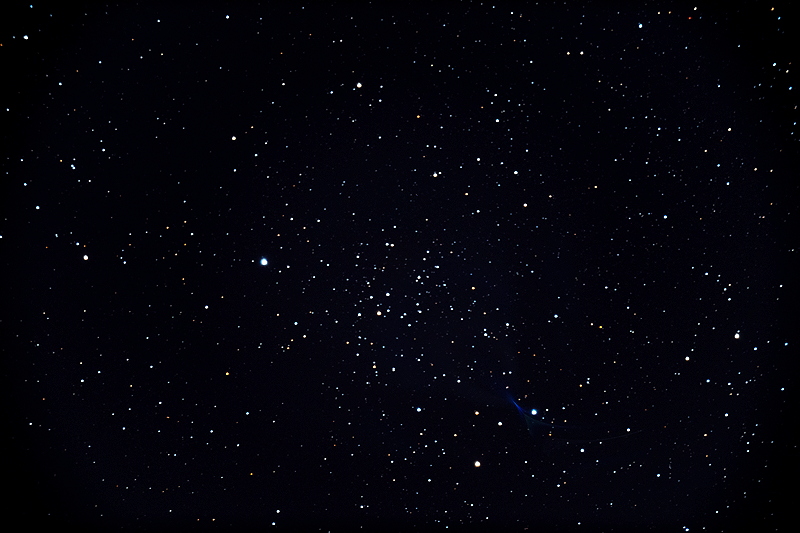
NGC2343
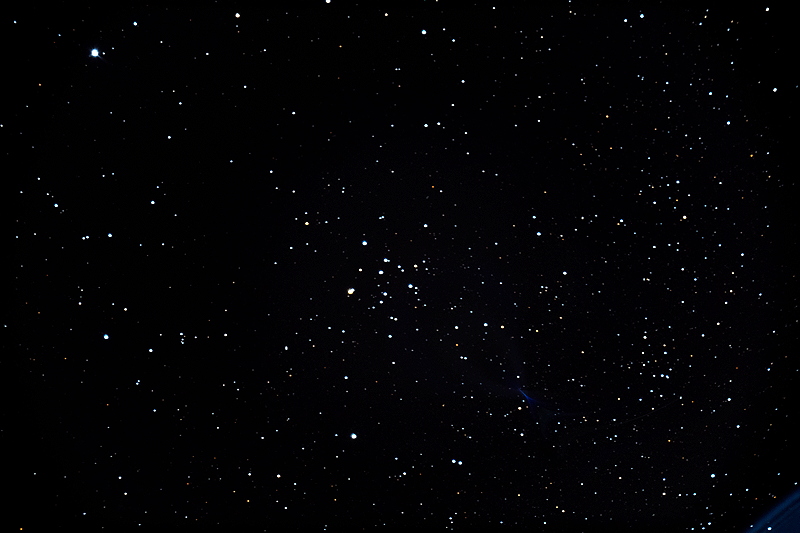
NGC2353
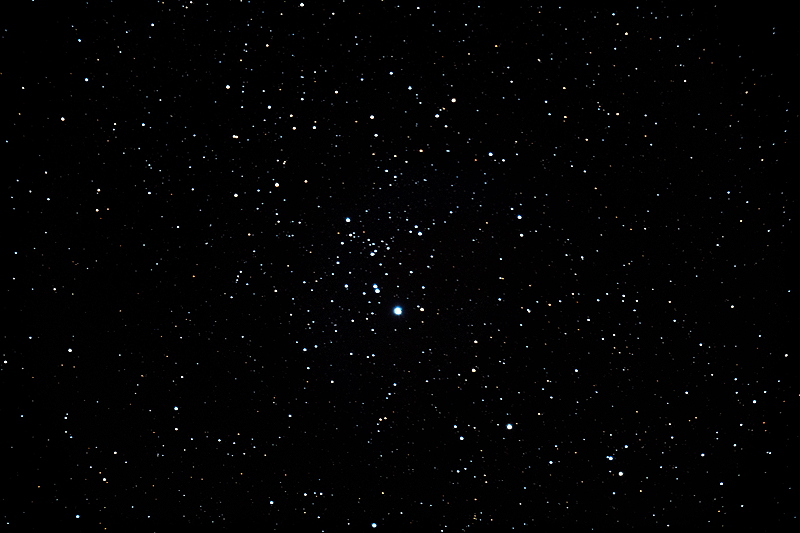
NGC2354
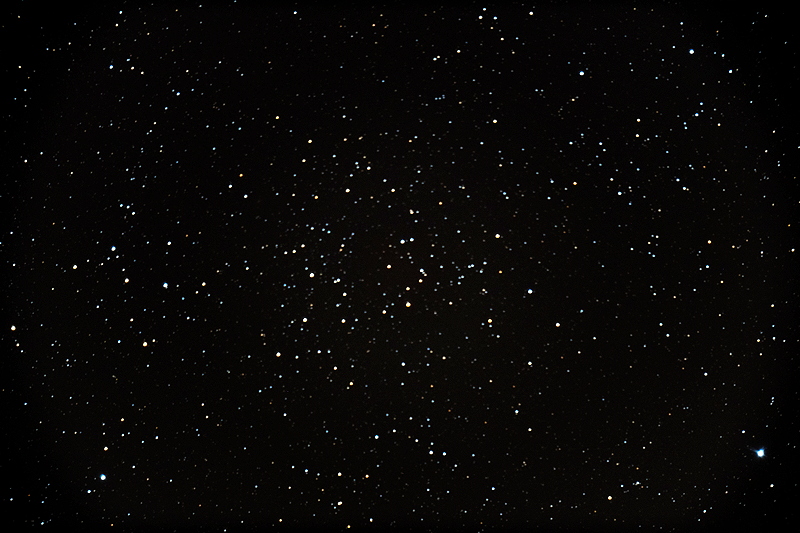
2009 MST: Dome OFF.
NGC2301
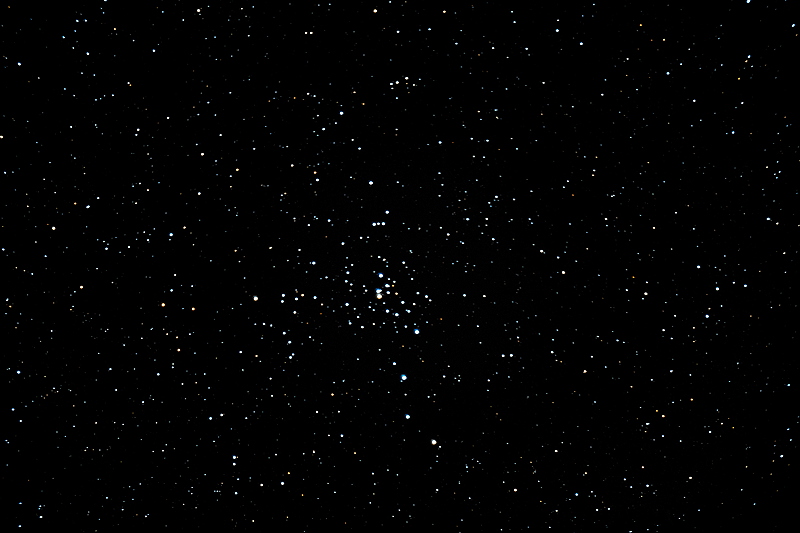
NGC2304
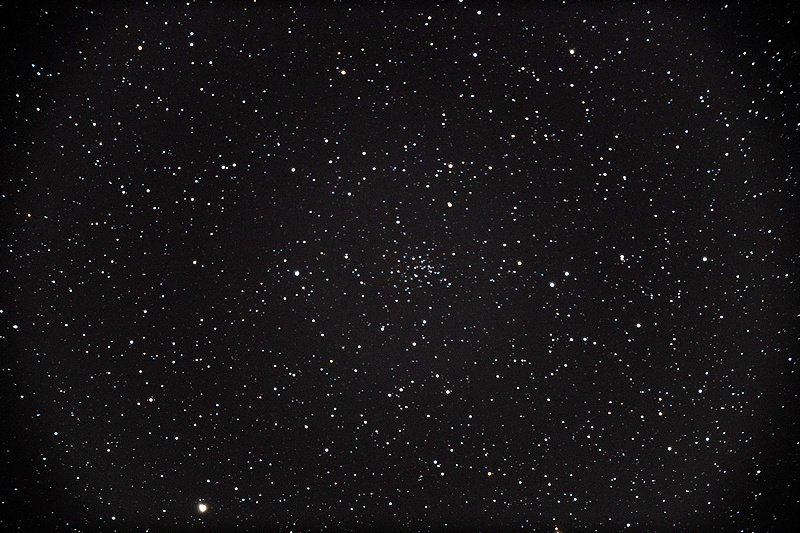
NGC2311
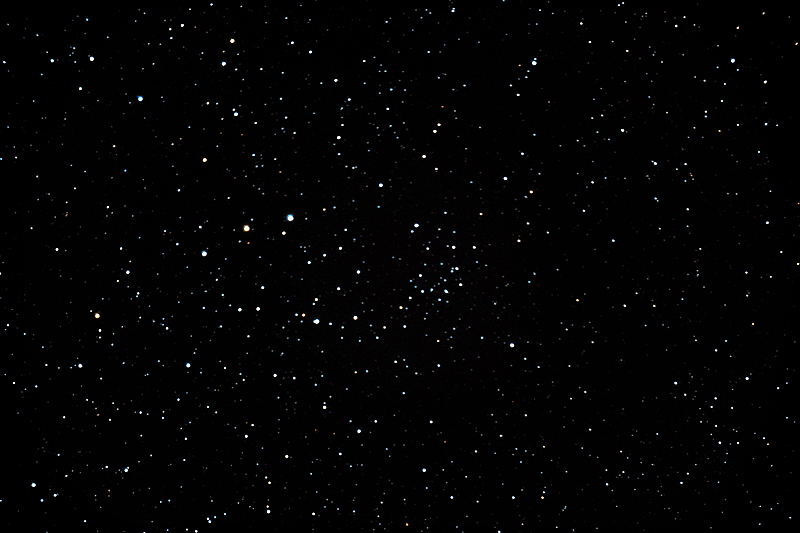
NGC2324
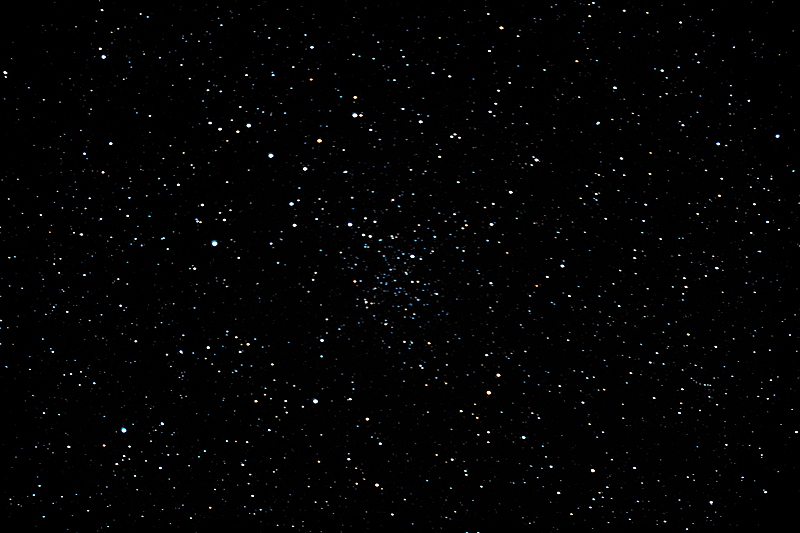
NGC2360
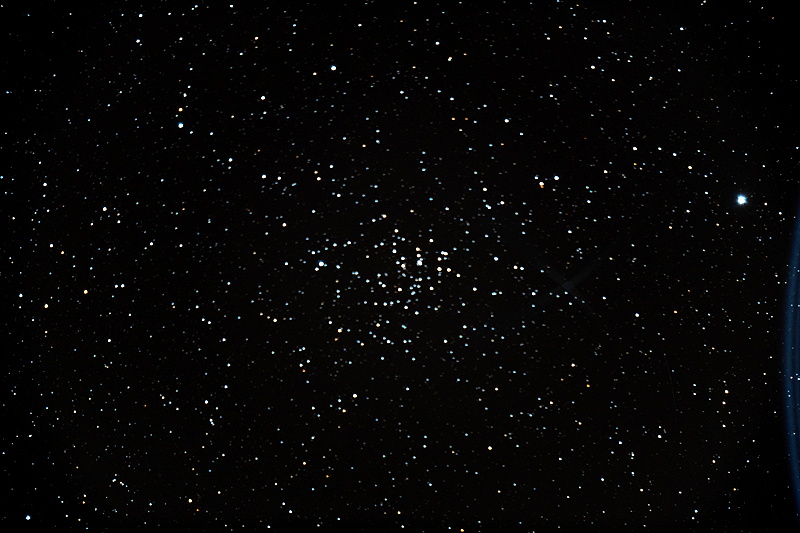
Next, I mounted the D850 DSLR at prime focus + focal reducer for an attempt to image Near Earth Object (NEO) Asteroid 2023 DZ2. Focused on Regulus and locked the mirror
2046 MST: Wi-Fi ON.
Used SkySafari 7 Pro on the iPhone to GOTO Asteroid 2023 DZ2, distance 485,000 kilometers, and rapidly getting closer.
Did several images (1 minute, ISO 6400), but the asteroid was never in the field-of-view. Apparently the SkySafari location was inaccurate or the asteroid was moving so rapidly that it quickly left the field-of-view. StarLock autoguiding was erratic for some reason. I gave up imaging.
2104 MST: StarLock, High Precision, Wi-Fi OFF.
Viewed the Leo Triplet of Galaxies (M65, M66, NGC3628 Sarah's Galaxy), 102X.
2109 MST: LX600 OFF.
2115 MST: Dome ON.
|
Close: Friday, 24 March 2023, 2124 MST Temperature: 40°F |
Session Length: 2h 54m Conditions: Clear |
I recently purchased an OPPLE Light Meter, Light Tester Pro 3 for measuring the color temperature of lights. The Illuminating Engineering Society and the International Dark-Sky Association recommend lights have a color temperature of less than 3000K.
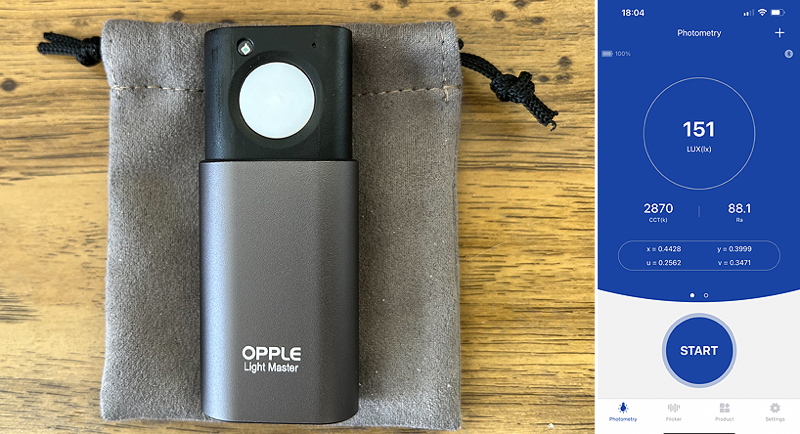
In 2014, Oracle State Park was designated as an "International Dark Sky Park" by the International Dark-Sky Association. Since then many residents and business owners in Oracle have expressed strong interest having Oracle designated as an "International Dark Sky Community". With the success of the Oracle Dark Sky Cultural Festival in September 2022, the time is right to re-form the Oracle Dark Skies Committee to pursue the community designation. Some local residents attended a meeting at the Oracle Community Center (OCC, 685 E American Ave, Oracle) on Tuesday, 21 March, 7-8pm, to learn about becoming an "International Dark Sky Community". A second meeting for residents and business owners is scheduled at the OCC on Wednesday, 29 March, 1-2pm.
Comments are welcome using Email. Twitter users can use the button below to tweet this report to their followers. Thanks.
Cassiopeia Observatory Home Page
Copyright ©2023 Michael L. Weasner / mweasner@mac.com. Email Etiquette.
URL = http://www.weasner.com/co/Reports/2023/03/25/index.html

